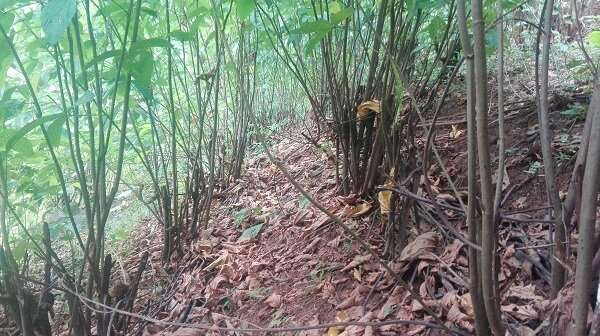New global temperature data will inform study of climate impacts on health, agriculture
A seemingly small one-to-two degree change in the global climate can dramatically alter weather-related hazards. Given that such a small change can result in such big impacts, it is important to have the most accurate information possible when studying the impact of climate change. This can be especially challenging in data sparse areas like Africa, where some of the most dangerous hazards are expected to emerge.
A new data set published in the journal Scientific Data provides high-resolution, daily temperatures from around the globe that could prove valuable in studying human health impacts from heat waves, risks to agriculture, droughts, potential crop failures, and food insecurity.
Data scientists Andrew Verdin and Kathryn Grace of the Minnesota Population Center at the University of Minnesota worked with colleagues at the Climate Hazards Center at the University of California Santa Barbara to produce and validate the data set.
"It's important to have this high-resolution because of the wide-ranging impacts - to health, agriculture, infrastructure. People experiencing heat waves, crop failures, droughts - that's all local," said Verdin, the lead author.
By combining weather station data, remotely sensed infrared data and the weather simulation models, this new data set provides daily estimates of 2-meter maximum and minimum air temperatures for 1983-2016. Named CHIRTS-daily, this data provides high levels of accuracy, even in areas where on-site weather data collection is sparse. Current efforts are focused on updating the data set in near real time.
"We know that the next 20 years are going to bring more extreme heat waves that will put millions or even billions of people in harm's way. CHIRTS-daily will help us monitor, understand, and mitigate these rapidly emerging climate hazards", said Chris Funk, director of the Climate Hazards Center.
Additionally, the people who are most vulnerable are often located in areas where publicly available weather station data are deteriorating or unreliable. Areas with rapidly expanding populations and exposures (e.g. Africa, Central America, and parts of Asia) can't rely on weather observations. By combining different sources of weather information, each contributes to provide detail and context for a more accurate, global temperature dataset.
"We're really excited about the possibilities for fine-scale, community-focused climate-health data analyses that this dataset can support. We're excited to see researchers use it," said co-author Kathryn Grace.
###











